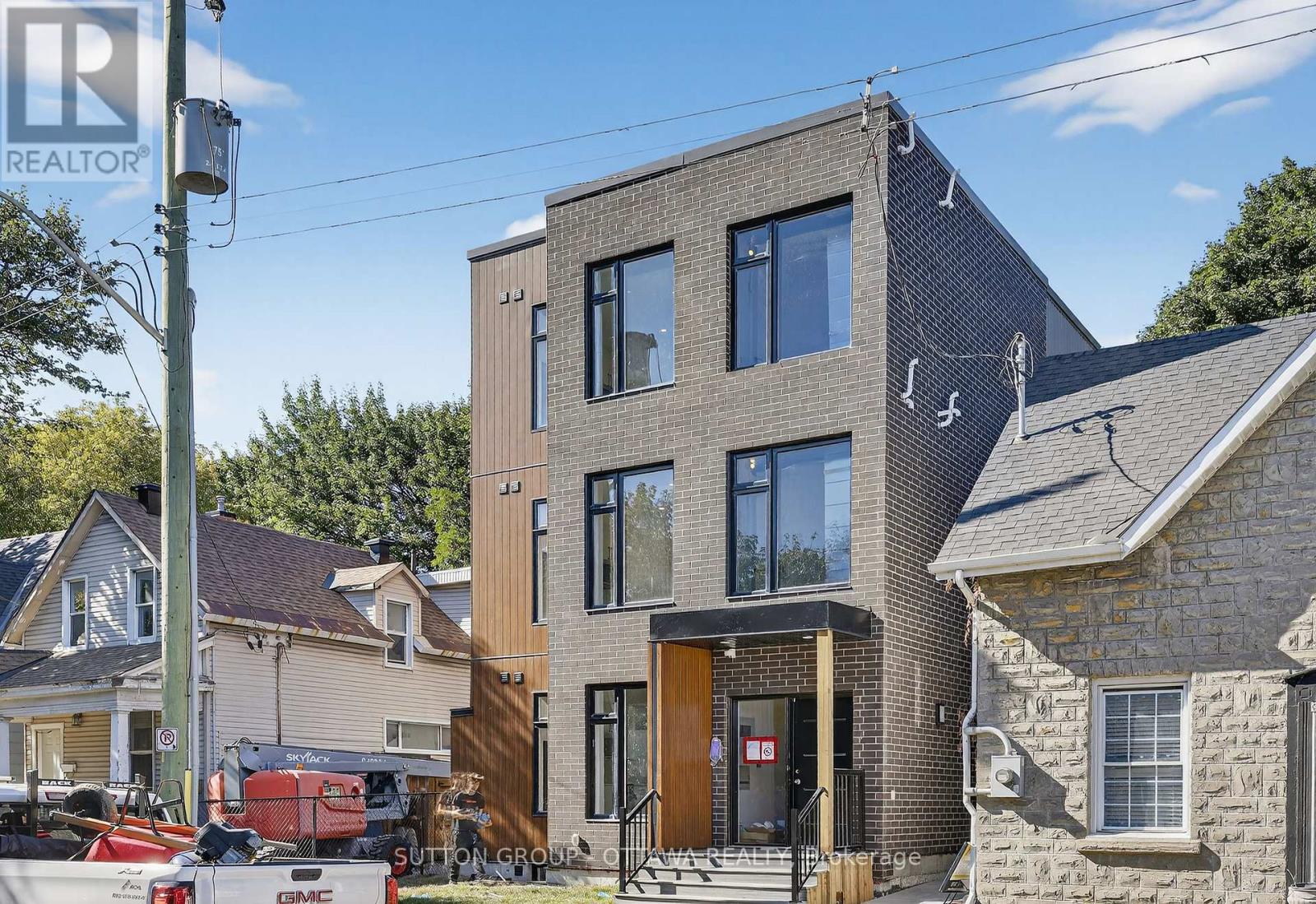Ontario's Plan to Eliminate HST on Purpose-Built Rental Housing: A Boost for Real Estate Developers and the Rental Market
Introduction
In a significant move, Ontario is set to make renting more affordable by eliminating its portion of the Harmonized Sales Tax (HST) on new purpose-built rental housing. This means the full eight per cent provincial portion of the Harmonized Sales Tax (HST) on qualifying new purpose-built rental housing will be eliminated in order to get more rental homes built across the province.
This policy change aims to encourage the construction of rental properties, making it an attractive proposition for developers and investors while providing relief for renters. In this blog post, we will delve into the details of this development, discussing the potential impacts and benefits of Ontario's decision to remove the HST on purpose-built rental housing.
The HST Removal: What It Entails
The Harmonized Sales Tax (HST) is a combined federal and provincial tax applied to the purchase of various goods and services. Until now, this tax has been levied on the construction of new rental housing units, adding to the overall cost. By eliminating the provincial portion of the HST on these properties, Ontario hopes to stimulate the construction of purpose-built rental housing.
Currently, the Ontario HST New Residential Rental Property Rebate is equal to 75% of the provincial portion of the HST paid, up to a maximum rebate of $24,000. With the enhancement, the rebate will be equal to 100% of the provincial portion of the HST, with no maximum rebate amount.
For example, under the enhanced rebate, a two-bedroom rental unit valued at $500,000 will receive $40,000 in provincial tax relief and a further $25,000 in federal tax relief.
Qualification Criteria
To qualify for the enhanced HST New Residential Rental Property Rebate, there are two important criteria. First, new residential units must be in buildings with at least four private apartment units or 10 private rooms or suites, and have at least 90 percent of residential units designated for long-term rental.
Second, projects must begin construction between September 14, 2023, and December 31, 2030, and be completed by December 31, 2035 in order to qualify for the full HST rebate.
Benefits for Developers and Investors
This change is expected to benefit both developers and investors. For developers, the removal of the HST can potentially make rental housing projects more financially attractive. This, in turn, may encourage more construction in the rental housing sector. The increased supply of rental units could alleviate some of the housing challenges Ontario has been facing.
Investors, on the other hand, may find purpose-built rental housing more appealing as an investment opportunity. With reduced construction costs, the return on investment for rental properties could become more enticing. As a result, more capital may flow into the rental market, leading to increased development and competition, ultimately benefiting renters.
Affordability for Renters
One of the most significant advantages of eliminating the HST on new purpose-built rental housing is the potential for increased affordability for renters. With more rental units coming onto the market, renters may have a wider range of options to choose from. Competition among landlords may drive down rental prices, making it easier for individuals and families to find housing that suits their budgets.
Moreover, this policy change could alleviate the pressure on the rental market, which has experienced increased demand and rising rental rates in recent years. The increased supply of purpose-built rental units could help to balance the market, providing renters with more choice and potentially more negotiating power when it comes to lease agreements.
Economic and Social Impacts
Beyond the immediate benefits for developers, investors, and renters, there are broader economic and social impacts to consider. The construction of purpose-built rental housing creates jobs, stimulates economic activity, and contributes to the growth of the housing industry. As a result, this policy change has the potential to boost the local economy and support employment in the construction and real estate sectors. With the introduction of Bill 23 and other legislations supporting the development of multi-units, we can expect greater economic growth with Real Estate and the introduction of more affordable housing.
From a social perspective, increasing the availability of affordable rental housing can have a significant impact on individuals and families. Access to secure and affordable housing is essential for overall well-being and can contribute to the stability of communities especially for aging demographics, students and immigrants. By making rental housing more accessible, Ontario aims to enhance the quality of life for its residents and make it more attractive for newcomers.
Challenges and Considerations
While the removal of HST on purpose-built rental housing is a positive step, there are also challenges and considerations to keep in mind. First, it's essential to ensure that this policy change does not inadvertently lead to a reduction in the quality of construction or a lack of oversight in the rental housing market. Striking a balance between affordability and safety is crucial.
Additionally, some experts suggest that the impact of this change may not be immediate. It will take time for new purpose-built rental units to enter the market, and the full effects of the policy may not be felt for several years.
Conclusion
Ontario's decision to eliminate the HST on new purpose-built rental housing is a significant move that has the potential to benefit developers, investors, and renters alike. By reducing construction costs and making rental housing more financially attractive, the province aims to stimulate the growth of purpose-built rental units. This, in turn, can lead to increased affordability for renters, economic growth, and social well-being.
While there are challenges and considerations to address, the overall impact of this policy change appears promising. It signals a commitment to addressing Ontario's housing challenges and promoting a more inclusive and affordable housing market. As the rental housing sector in Ontario continues to evolve, all stakeholders should remain engaged in the process to ensure the best outcomes for the province's residents.

.svg)






.jpg)
.jpg)


